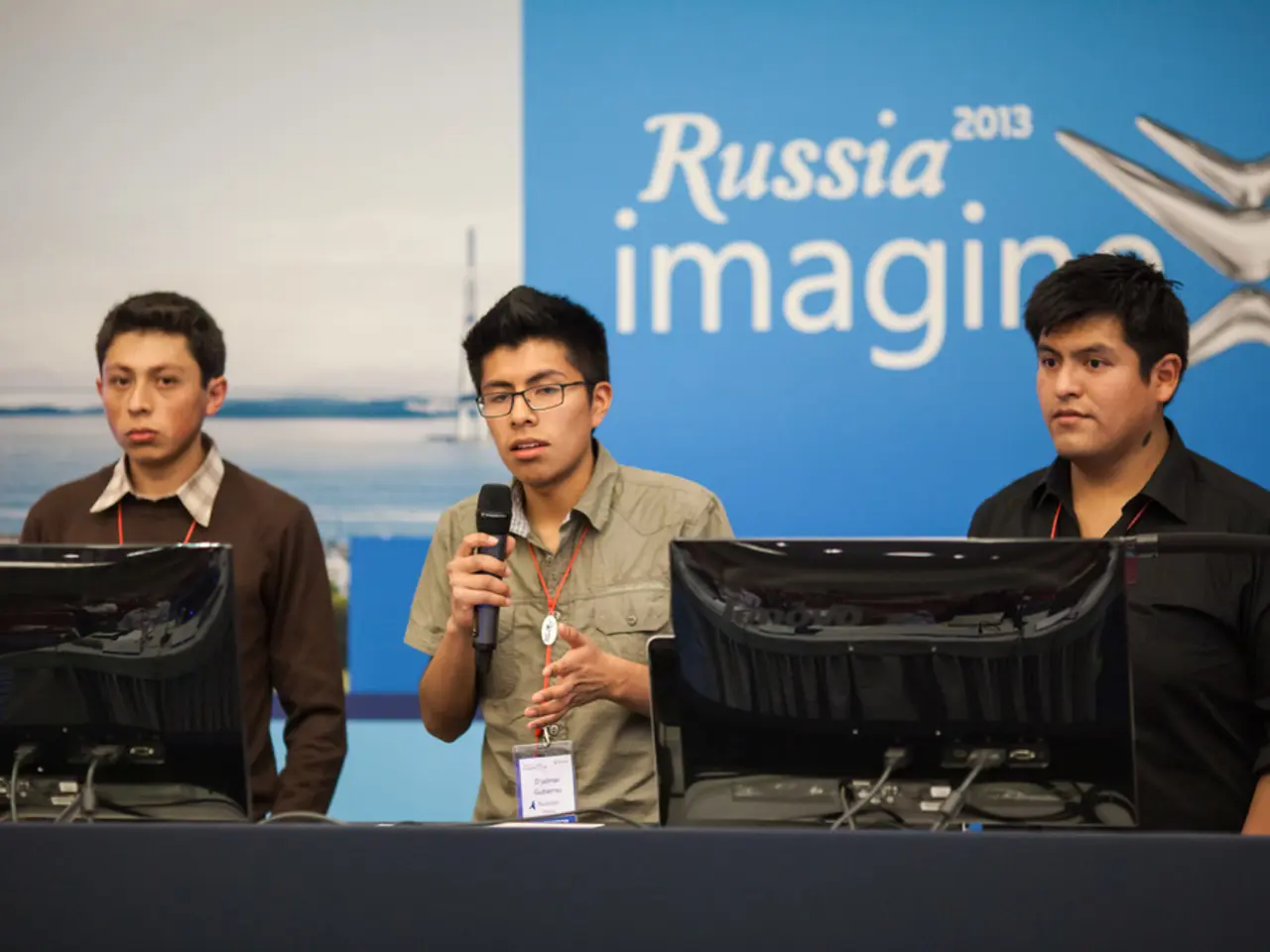Strengthening Resistance Against Combined Risks in an Age Characterized by Authoritarian Technology
In the digital age, nations across the globe are grappling with the challenges posed by hybrid threats, a complex interplay of digital and physical spheres that impact critical infrastructure, elections, and even the fabric of civic and economic life.
In the Philippines, independent outlets have been targeted by cyberattacks, obstructing reporting, while the government itself suffered disruption when a 2023 ransomware attack on its health insurance programme paralysed services and exposed the data of over 13 million citizens. Similarly, in Bangladesh, North Korea-linked hackers breached the central bank in 2016, channelling 81 million US dollars in fraudulent transfers.
The European Union (EU) traditionally focused on external actors and their domestic proxies in defining hybrid threats, but today's landscape requires a broader lens. This includes states, corporations, non-state actors, and even citizens. For instance, disinformation campaigns are a cross-actor dynamic, with examples such as a Bangladesh-based network linked to the former ruling party targeting domestic audiences with disinformation.
India is another country where AI is being adopted in unexpected ways. AI-based biometrics pioneered for welfare are now being adopted by the police. Meanwhile, in Indonesia, organized "buzzer" networks - paid operators amplifying propaganda and disinformation - manipulate domestic discourse.
The United States has not been immune to these issues. The "Great Replacement" narratives show how non-state actors drive conspiracy theories later amplified by state actors and used to radicalize audiences.
Addressing these challenges requires a multi-faceted approach. Governance resilience requires platform behaviour to be governed by cross-regional standards. Systemic resilience requires procurement rules to prohibit opaque contracts and single-vendor lock-ins, while mandating transparency in design and maintenance.
Societal resilience is another crucial component. It requires media literacy to be embedded in education, prebunking scaled across languages and platforms, and safeguards against transnational repression of diasporas integrated into counter-disinformation strategies.
The US continues to resist binding regulation of platforms and AI, threatening tariffs on countries that regulate its tech. In contrast, the EU seeks to set standards through the Digital Services Act and the AI Act. However, the EU risks an inward focus at a time when technology is irreducibly transnational.
Europe, especially the EU, is pushing AI integration and skills development, but lags behind the US in large-scale investment. The US has invested billions in AI, enhancing AI-enabled edge computing and drone technologies for security applications. This includes landmine detection and digital infrastructure critical for defense.
However, these investments have also accelerated the development of hybrid threats. China, for instance, has seized the moment, exporting surveillance and 'safe city' systems worldwide, creating dependencies that pull states into its authoritarian model.
In Singapore, the Total Defence doctrine and Whole-of-Nation Approach treat civil society as a frontline security actor. Cross-regional resilience requires Asia and Europe to connect complementary strengths in governance, societal, systemic, and market resilience.
As the digital landscape continues to evolve, it is clear that no single nation can tackle hybrid threats alone. Collaboration and cross-regional standards are key to ensuring a secure and resilient digital future for all.
Read also:
- A Week in Pixelized Realm: The Transformation of the World in Digital Form
- Proposing Regulation Against Electric Vehicles Parking on Sidewalks
- Online forum leaders summoned to testify before Congress following the attempted assassination of conservative speaker Charlie Kirk.
- Jimmy Kimmel's suspension shines a light on Brendan Carr, Trump's appointment at the FCC.








